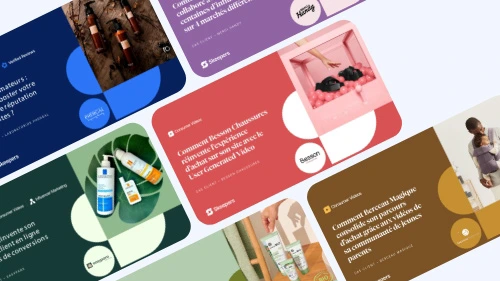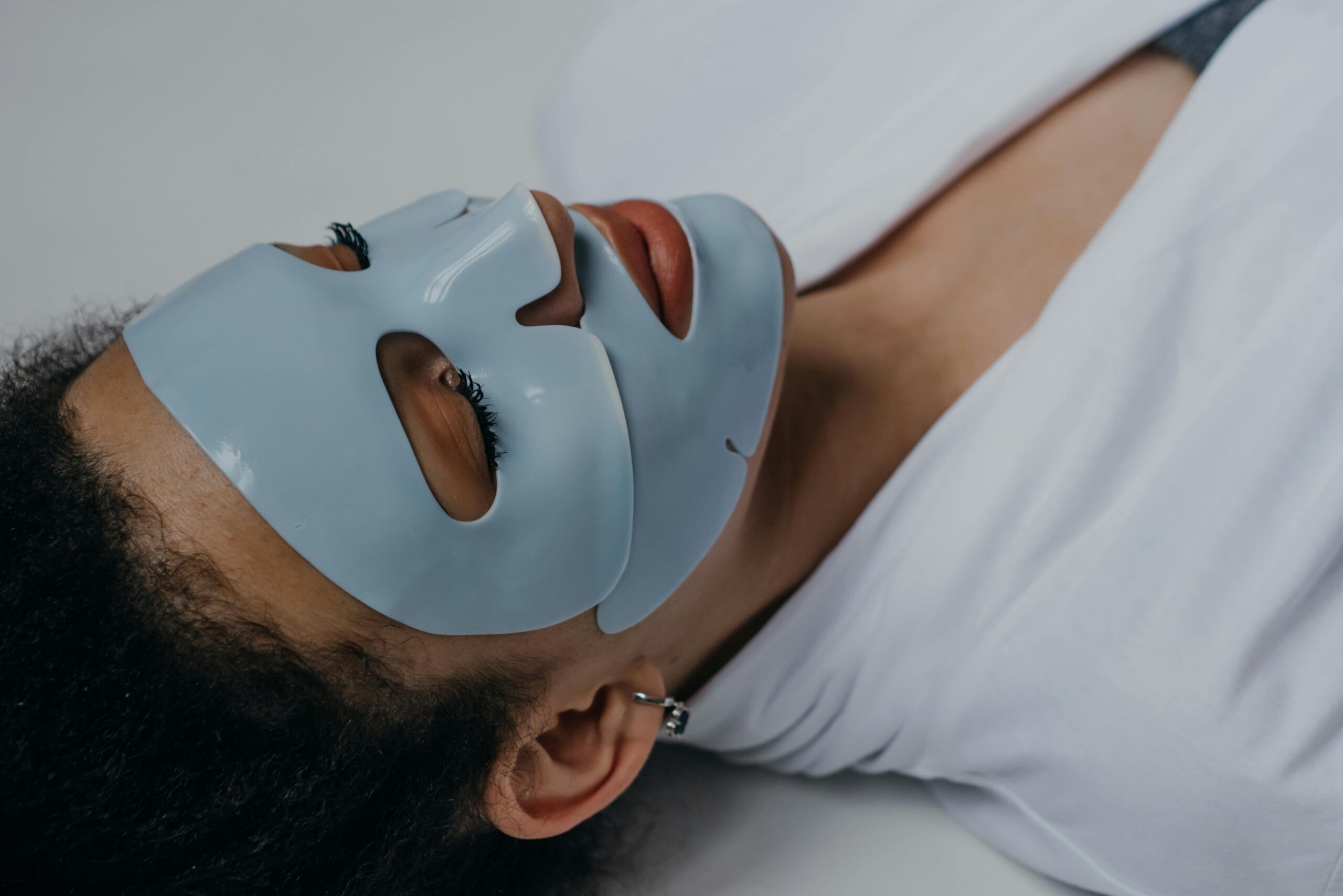Gifted Reviews: A Data-Driven Guide to Smarter Gifting
Download NowHow to Use UGC on Product Pages to Increase Add-to-Cart
 6
mn
6
mn

To Remember
- UGC = Trust Signal → Shoppers trust people over brands. Reviews, photos, and social proof turn hesitation into confidence, directly lifting add-to-cart rates.
- Placement Matters → It’s not just about collecting UGC—it’s about where you showcase it: ratings above the fold, visuals in the gallery, highlights for quick reads, and social proof near the ATC button.
- Small Tweaks, Big Impact → Even modest changes in how you surface authentic customer voices can measurably boost ATC rates and overall sales.
The product page is the final pitch before a shopper makes a decision. It’s where curiosity turns into intent or where potential customers abandon the journey altogether. In ecommerce, this moment is critical: research shows that shoppers form a purchase decision in as little as a third of a second.
That’s why your add-to-cart (ATC) rate is such a powerful metric. It reflects how effective your product page is at converting interest into action. And while design, pricing, and product details all play a role, one lever consistently tips the scale i.e. user-generated content (UGC). From reviews and ratings to customer photos and social proof, UGC is the trust signal that helps hesitant browsers become confident buyers.
What is Add-to-Cart Rate (and Why It Matters)
Brands track ATC rate because it’s one of the clearest indicators of shopper intent. A high ATC rate means your product page is persuasive enough to push customers further down the funnel.
And since every checkout starts with an add-to-cart, improving this metric directly increases conversion opportunities.
So what counts as a good ATC rate?
Globally, ecommerce ATC rates average around 6.5%, but benchmarks vary by industry. Fashion and beauty often see higher rates thanks to impulse-driven purchases, while categories like electronics and home goods tend to be lower because of higher consideration cycles.
4 Ways to Use UGC to Boost Add-to-Cart Rate
1. Prominent Display of Review Count Above the Fold
Shoppers want reassurance the moment they land on a product page. Displaying ratings and review counts above the fold provides an instant trust signal. According to Spiegel Research Center, products with 5 or more reviews are 270% more likely to be purchased than those with none.
Place the average star rating and total review count right next to the product name or price so it’s visible without scrolling.
Benefit Cosmetics runs regular gifting campaigns through Skeepers, which means their product pages are consistently filled with fresh, high-quality reviews. On the BADgal BANG! Mascara page, for example, the star rating (4.6/5) and total number of reviews are displayed prominently next to the product title and price right above the fold.
Because new reviews are continuously generated, shoppers see authentic, recent experiences from real users without needing to scroll. This placement reassures buyers instantly, reducing hesitation and making it easier to hit the add-to-cart button.
2. Customer Photos & Videos for Validation
Visual UGC addresses the most common shopper hesitation: “Will it actually look or work like this in real life?” Customer videos increase conversion rate by 80% as consumers are influenced by authenticity.
Add photo/video galleries as a carousel or directly under the primary product images to show authenticity from the start.
Gisou, the honey-infused haircare brand, actively collects customer photos and videos through Skeepers campaigns. On product pages like the Honey Infused Hair Oil, shoppers see authentic visuals from real customers right under the main product gallery.
These user photos and videos show how the oil looks in different hair types and routines, which tackles the common hesitation of “Will this work for me?”.
77% of shoppers specifically seek out visual UGC before buying, and Gisou leverages this by making authentic customer visuals a core part of their product page experience.
3. Review Highlights & Snippets
Not all shoppers want to scroll through hundreds of reviews. Summarizing the “voice of the customer” speeds up decision-making. 55% of users cite unclear product information as the reason for abandoning a product page. AI-powered highlights like “Most mentioned: great fit, soft fabric, true to size” help overcome objections at a glance.
Surface a short set of highlights, pros/cons, or a “most mentioned” list to reassure shoppers right at the decision trigger.
L’Oréal Paris uses review highlights on its product pages to make shopper decisions faster. For products like the Infallible 24H Fresh Wear Foundation, instead of scrolling through dozens of individual reviews, shoppers can immediately see the most favorable review and the most critical review.
This builds confidence at the moment of decision and addresses common positive and critical experiences.
4. Social Proof Nudges
Dynamic social proof taps into urgency and herd behavior. Research from CXL shows that social proof messaging can lift conversions by 15-20% when integrated at key touchpoints.
For example, nudges like “18 people added this to their cart today” or showcasing trending TikTok reviews reassure shoppers that others are actively engaging with the product.
Use real-time signals such as trending tags, “bestseller” badges, or embedded TikTok/Instagram UGC near the add-to-cart button to encourage immediate action.
Decathlon leverages social proof directly on its product pages to drive urgency and confidence. For popular items like the Quechua hiking backpacks, shoppers often see dynamic signals such as “Best Seller” badges, or messaging like “1,500+ people bought this in the last month.”
By showing real-time engagement and popularity, Decathlon reassures shoppers that others are actively choosing the same product. Decathlon taps into pairing review volume with trending badges. This subtle but powerful nudge reduces hesitation and makes adding to cart feel like the safe, popular choice.
Conclusion
Your product page is often the biggest conversion bottleneck and the add-to-cart rate is where that friction shows up most clearly. UGC helps break that bottleneck by giving shoppers the confidence, proof, and urgency they need to move forward.
But it’s not enough to simply collect UGC. The impact comes from where and how you place it: star ratings above the fold, visual reviews in the gallery, review highlights, and social proof nudges to spark urgency.
Audit your product pages, identify gaps, and test at least two or three of these UGC tactics. Even small changes in how you showcase authentic customer voices can deliver a measurable lift in add-to-cart rates and ultimately, in sales.
FAQs
How much does UGC really impact conversions on product pages?
UGC is one of the strongest trust signals. For example, products with 5+ reviews are 270% more likely to be purchased than those with none, and customer videos can increase conversion rates by up to 80%. (Spiegel Research Centre)
What type of UGC works best for product pages?
A mix of star ratings, authentic customer photos/videos, review highlights, and social proof nudges. Each addresses a different shopper hesitation, from trust to validation to urgency.
Do I need most recent reviews/social proof to see results?
Yes—recency is critical. Fresh reviews and up-to-date social proof reassure shoppers that your product is still relevant, popular, and trusted today, not just in the past.
Interested in finding out more?
Hear What Matters.
Act with Impact.
Book a demo to see how unified reviews and feedback can fuel smarter decisions, stronger connections, and serious growth.
















